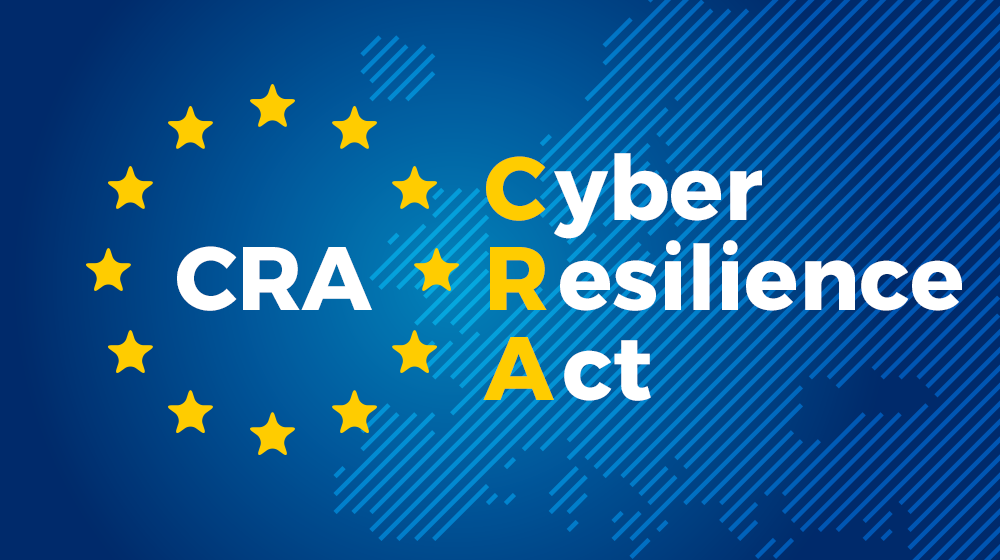When Google engineers first released Kubernetes, they could scarcely have predicted that the platform would become the de facto orchestration layer for containerized applications. What cemented Kubernetes’ success, however, was not merely its initial design but the torrent of improvements, everything from advanced scheduling algorithms to refined storage interfaces, that organizations like Red Hat, VMware, and Apple poured back into the project. Red Hat’s deep work on StatefulSets, for example, transformed Kubernetes’ ability to manage databases in production, while Apple’s contributions to certificates and security plugins ensured that enterprise users could trust the platform with sensitive workloads. These backward contributions did more than patch holes; they steered Kubernetes’ roadmap, turning it into a vibrant, resilient cornerstone of modern cloud infrastructure.
In a similar vein, the venerable Linux kernel thrives on code sent back by hardware vendors. When ARM Holdings added support for its big.LITTLE architecture upstream, smartphone makers suddenly found themselves able to build devices from a single, unified codebase eliminating costly forks and reducing maintenance headaches across the ecosystem. That single contribution rippled outward, enabling dozens of vendors to deliver more efficient, secure and feature-rich Linux on everything from IoT sensors to supercomputers.
Yet such landmark examples can feel distant to bootstrapped teams and individual maintainers whose every minute spent on community work comes at the expense of paying customers or day-job deadlines. The secret, however, lies in breaking backward contribution into manageable, confidence-building steps. Rather than tackling a complete subsystem redesign, a small nonprofit might begin by updating a single test suite to run on their own CI server, or by translating key documentation into another language. Each of these modest improvements builds familiarity with the project’s review process and coding conventions, transforms an initial patch into a lasting relationship with the maintainers, and often leads to invitations for greater responsibilities, whether co-maintaining a module or guiding the next release.
Equally important is cultivating a culture where these incremental wins are celebrated within the contributor’s own organization. When a team lead turns a first pull request into a public shout-out at the next town hall, it sends the message that backward contribution is not an afterthought but a strategic investment in the software they depend on. Over time, this recognition breeds an environment where engineers volunteer “open-time” to explore and fix community tickets, safe in the knowledge that their work will be valued rather than penalized for diverging from internal roadmaps.
To widen this virtuous cycle across the industry, companies must embed backward contribution into their DNA. This does not require grand proclamations or onerous mandates; rather, it begins with clear guidelines on licensing and internal IP, so that engineers never have to second-guess whether a fix can legally be shared. Senior leadership can further dismantle barriers by partnering with foundations such as the Linux Foundation’s Open Compliance Program to offer employees training on project governance and licensing best practices. Meanwhile, underwriting community events, sponsoring full-time maintainers, or establishing small “open source fellowships” within the company signals a serious, long-term commitment that ripples back into the very projects these firms rely on.
Large and small organizations can move beyond viewing open source as a one-way subsidy of free labor by shining a light on the mutual benefits: improved security, reduced technical debt, and a seat at the table when future features are debated. Instead, backward contribution becomes an act of shared stewardship, ensuring that the software we all depend on remains robust, innovative, and, most importantly, rooted in the very community that built it.



